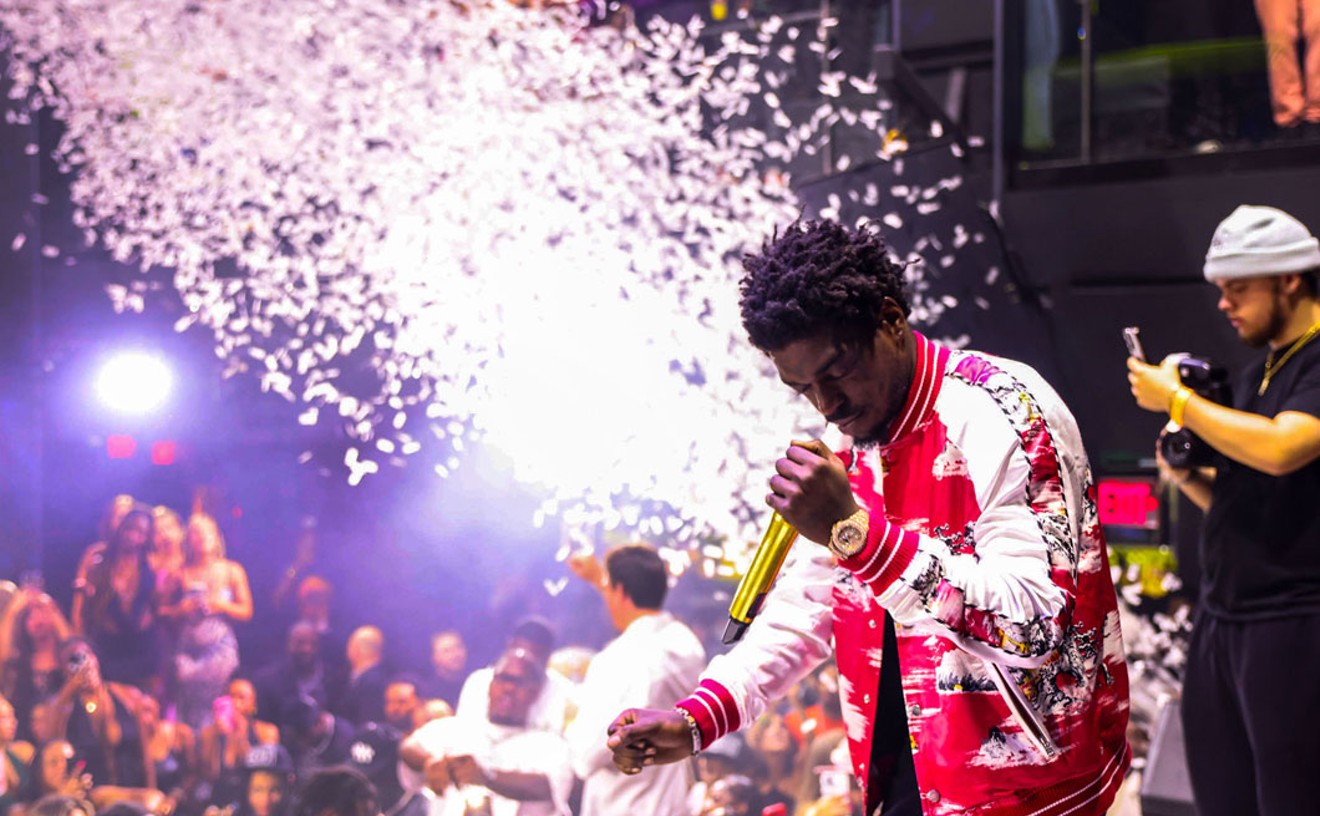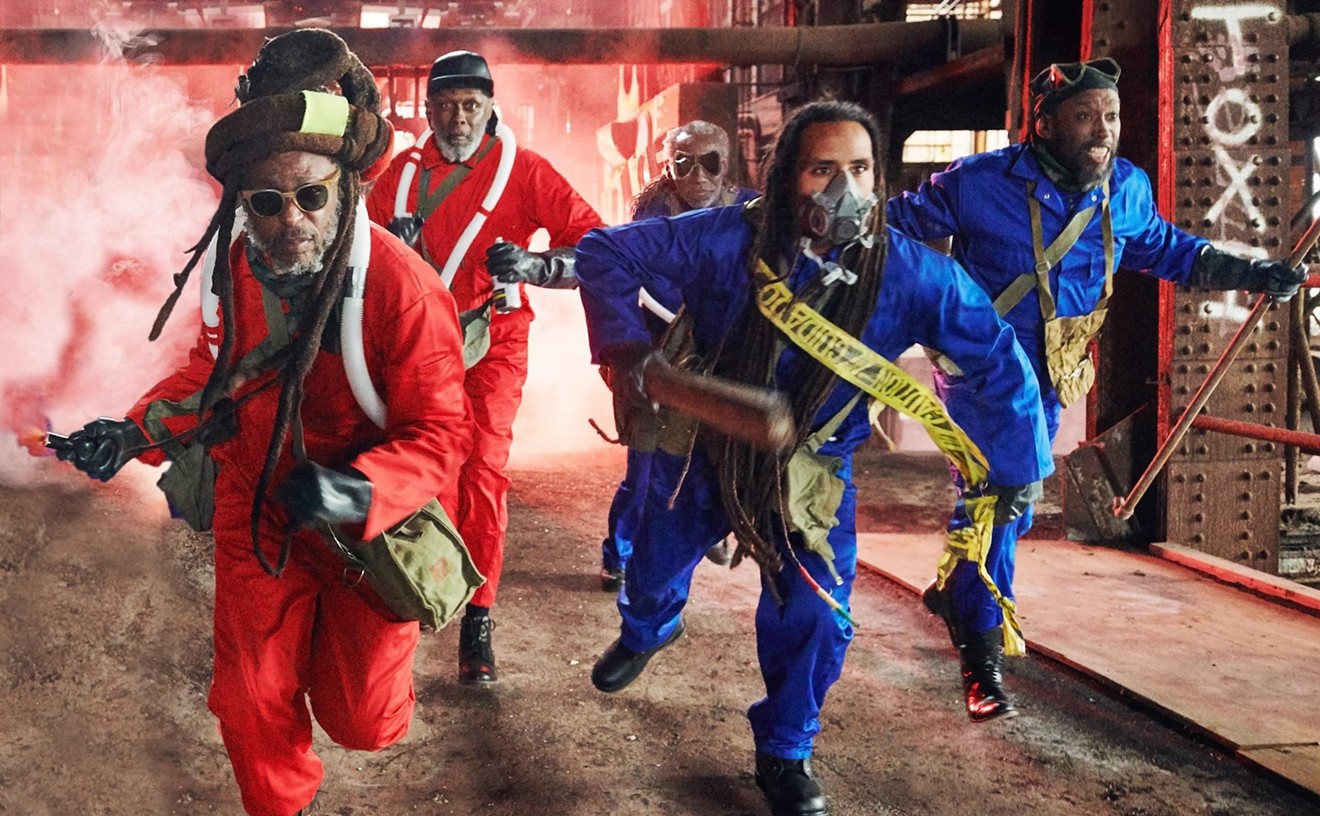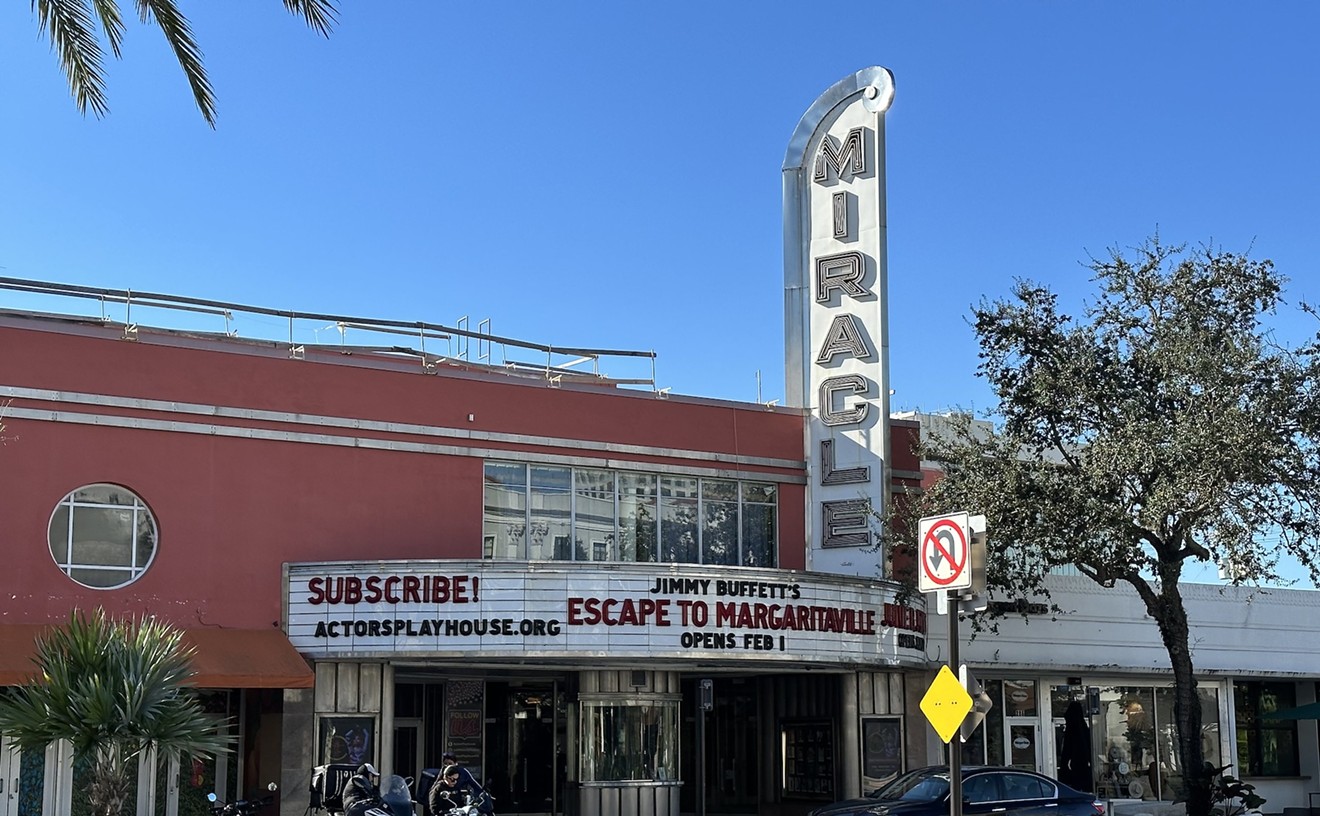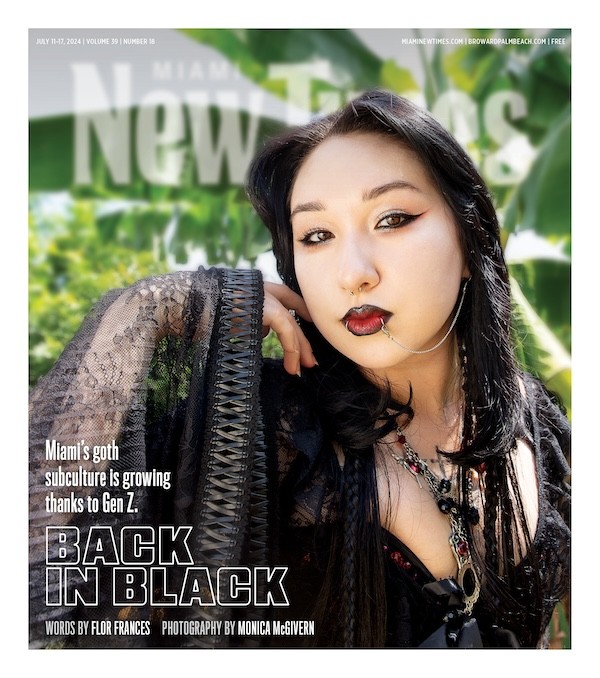It's 1932. Income inequality is rampant; anti-Semitism is on the rise; and a presidential candidate advocating social-democratic policies is at the top of the polls.
It's difficult to ignore the parallels between today's America and that of the 1930s, especially in terms of radical politics. As the working class struggled to survive during the Great Depression, American leftists sought to fight back against the wealthy, while the capitalists, including men such as Henry Ford and newspaper magnate William Randolph Hearst, courted fascism in order to maintain social control.
As Florida International University history professor Frank Luca and his America and Movies students found, today's battles between Republicans (and the so-called alt-right) and leftist politicians (and groups such as the DSA and Antifa) are not all that dissimilar from those in the '30s. But Luca and his students also found that each side had something in common back then: They used art to spread their messages.
"I think that's what the students were most interested in," Luca says. "They saw so many parallels from especially the 1930s — but also the little bit into the '40s and '50s — of some of the same sort of controversies that are happening today between socialists on the left and the neo-Nazis, in this case, on the right."
Luca and his students' findings are the subject of the latest exhibit at the Wolfsonian-FIU: "Radicals and Reactionaries: Extremism in America," which is set to open Thursday, January 31, and run through the end of May. The class worked to curate a collection of book covers, posters, political cartoons, and other imagery from the era to explore its closeness with the present. Luca hopes that by analyzing these politically charged pictures, viewers will be able to make more educated decisions in our own image-saturated world.
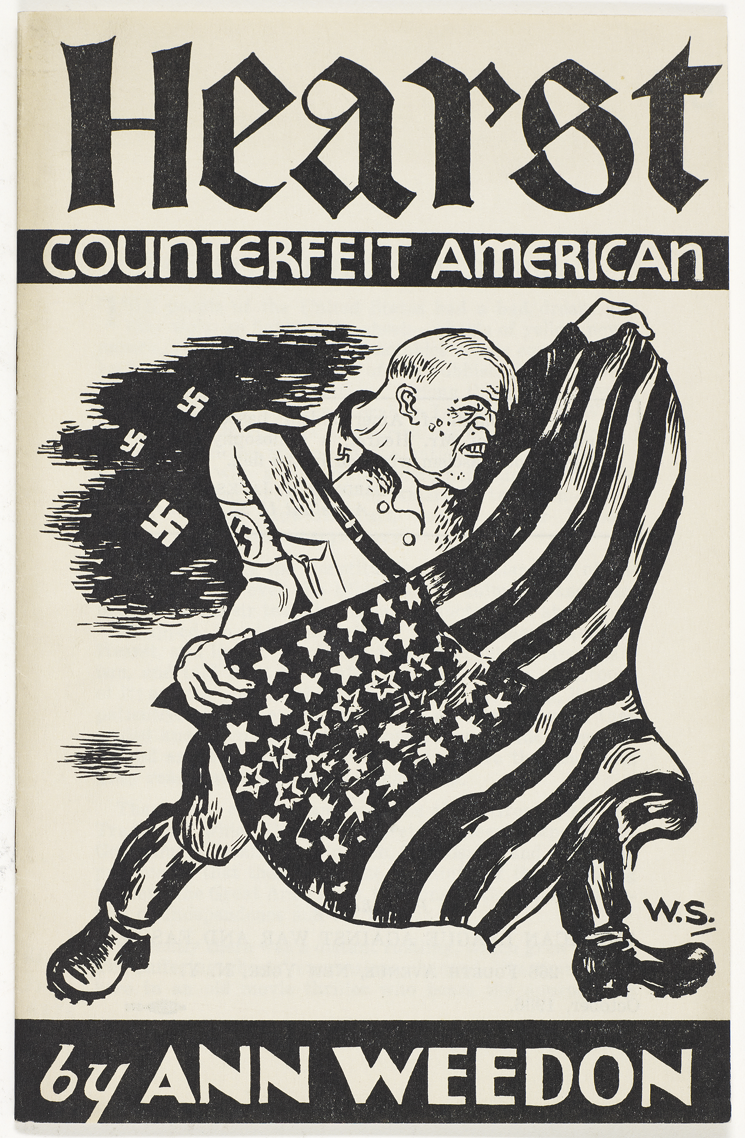
This cover of a book published by the American League Against War and Fascism shows a caricature of the publishing magnate William Randolph Hearst. He was a known Nazi sympathizer.
Wolfsonian-FIU
Though the students tried to balance the exhibition, ultimately they found more leftist material from which to choose. Luca says that's simply because artists as a group tend to lean left politically.
"Sometimes, when we were looking for coverage of a specific issue, we would find more radical left critique of the right for that issue than actual right-wing artistic propaganda," he says. "So it became a bit of a challenge to try to keep it balanced."
Though many leftist artists worked within institutions and went uncredited, some had name recognition. Artists presented in "Radicals and Reactionaries" include Lynd Ward, a pioneering illustrator and woodcut engraver who introduced the graphic novel to the United States in the form of his "wordless novel" God's Man. Ward also designed the cover for 10 Days That Shook the World, journalist John Reed's famous account of the Russian Revolution. Hugo Gellert, meanwhile, juggled staff artist jobs at the New Yorker and New York Times with work for the Communist Party USA, of which he was a committed member.
"His work tends to be lots of big, brawny men symbolizing the worker, and caricatures of any one of the sort of capitalist class almost looking like Mr. Moneybags from the Monopoly game," Luca says.

An unknown artist created this cover for a book about the Ku Klux Klan. Many of the artists who worked for far-right groups did so anonymously.
Wolfsonian-FIU
"It's presenting them as chivalric knights in armor. Defending white civilization and culture is the whole message, and it's very romanticized," Luca says. "And so that's really the kind of thing that's more typical on the right."
Looking at this image, you might view the horseman as a heroic knight, or you might see the vines and imagine the Klan as a noxious weed infesting the nation. Or you might simply appreciate the aesthetics. What's important is knowing what the images mean and how they're meant to influence you.
"I'm not one of those people who would say there are good people on both sides," Luca says. "What we're really doing here is not entering the political fray, but showing how artists actually were willingly used [and] joined in the fray to fight for one cause or the other."
"Radicals and Reactionaries: Extremism in America." Thursday, January 30, through Sunday, May 31, at the Wolfsonian-FIU, 1001 Washington Ave., Miami Beach; wolfsonian.org. Admission is $12 for adults; $8 for students, seniors, and children aged 6 to 18; and free for members, children under 6, and students, faculty, and staff of the State University System of Florida.







